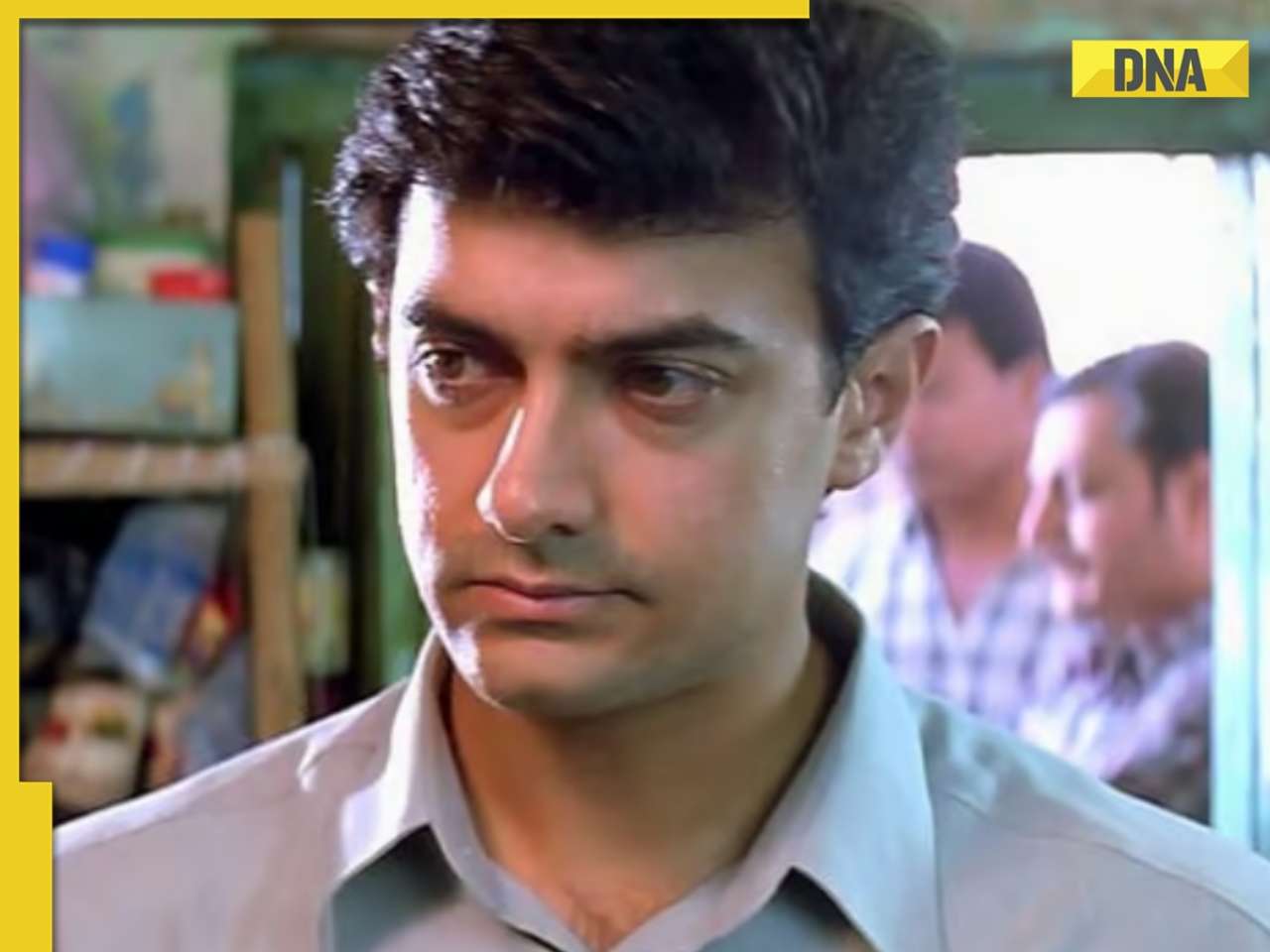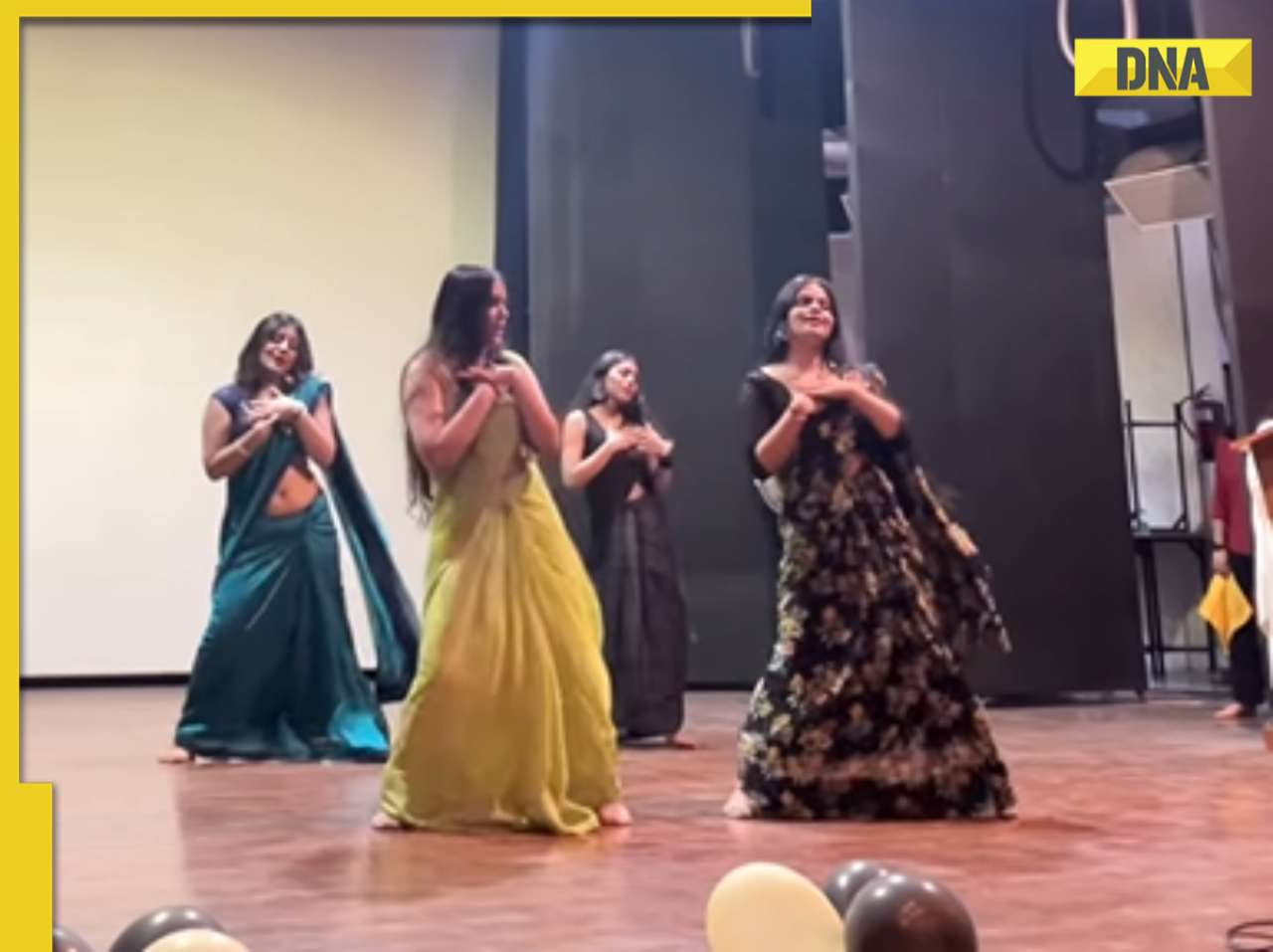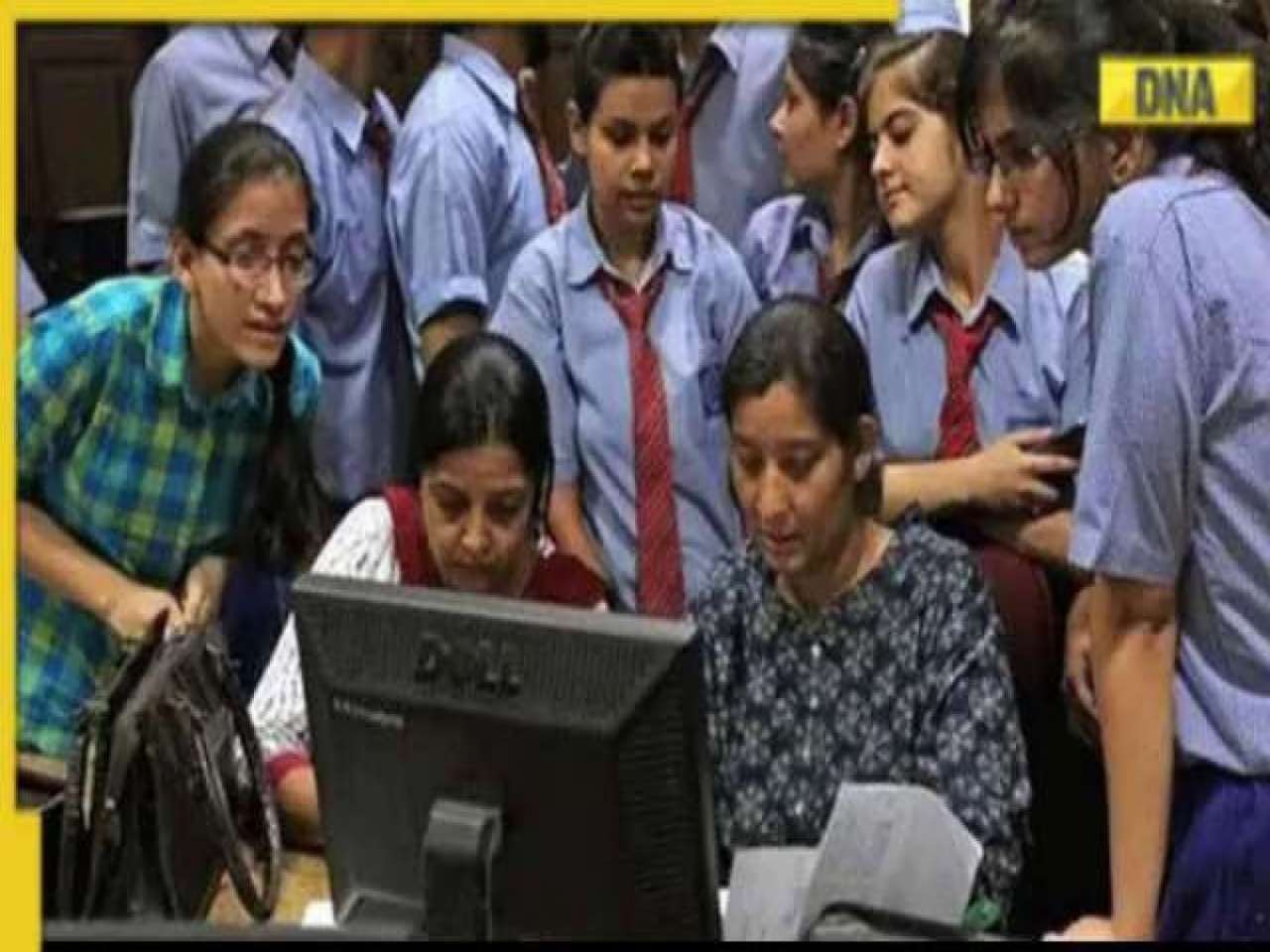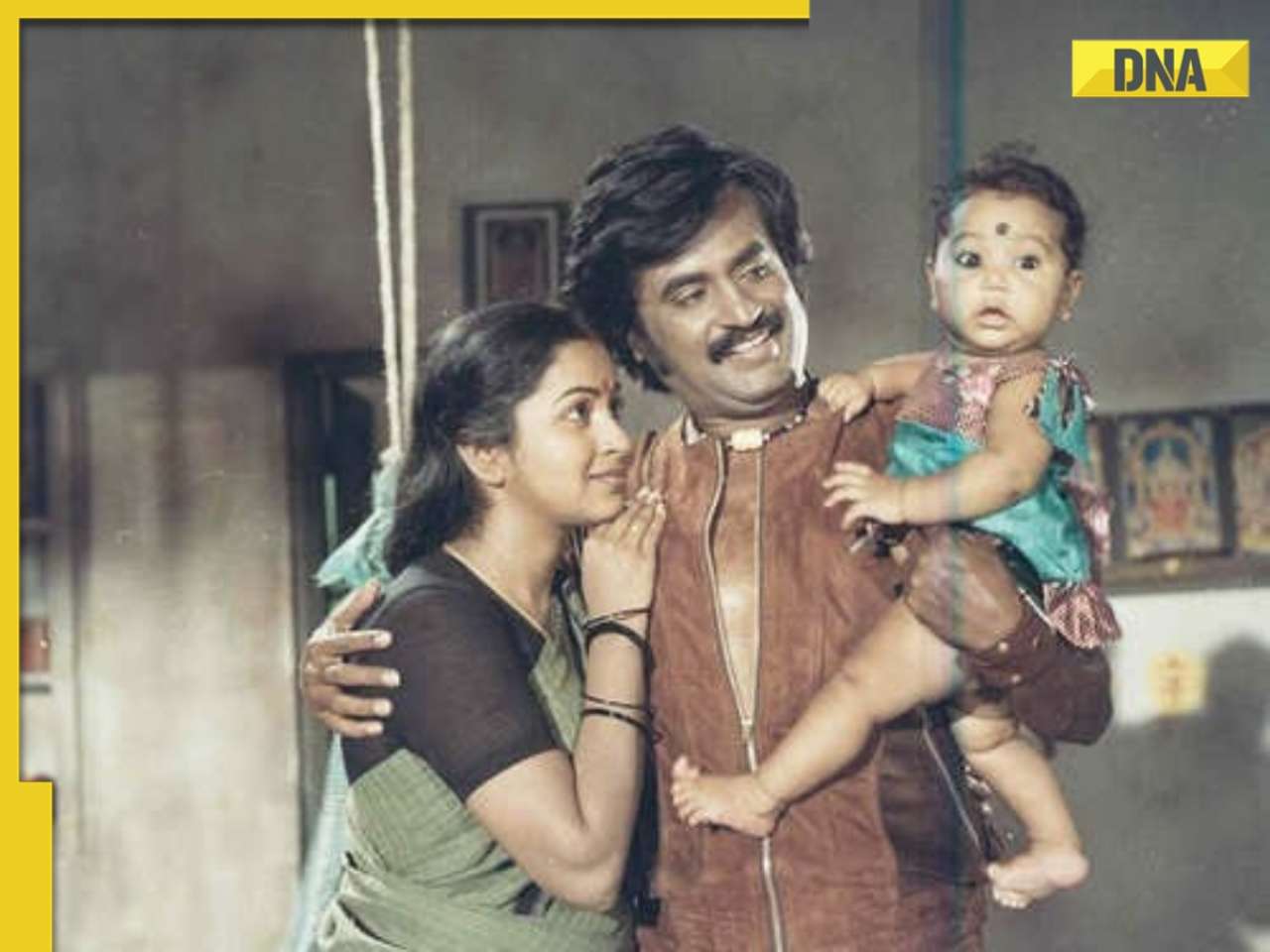The lack of clear regulations is allowing Indian scientists to play around with embryonic stem cells, giving their research a cutting edge.
Paresh Patel, 18, has pinned all his hopes on one cell.Life for the young man from Baroda has never been the same after a car accident left him paralysed waist-down. His doctors say there’s no cure except for a stem cell therapy. The hope, though slim, is enough to keep his industrialist father running from one stem cell researcher to another in the country.
But this one cell has boxed the scientific community into two camps. One considers it the key to curing all diseases. The other says tampering with it is akin to playing god. In layman’s terms stem cells are those cells, which are capable of growing into any of the 300 different kinds of cells in the human body. This ability has thrown open possibilities from cures for various types of cancer to growing a new arm.
And, believe it or not, India is rapidly covering ground that the US cannot. Unfettered by ethical and legal constraints that leash the US scientists when it comes to the use of embryonic stem cells, Indian scientists have forged ahead at a blistering pace.
In the US, there’s a powerful lobby, including President George W Bush, which considers embryonic stem cells as the basic building blocks of life. They argue that using embryonic stem cells for research is akin to killing a human life. The US allows funding for research on existing stem cell lines, but bans development of new embryonic stem cells.
As a result, while the US scientific community confines itself to basic research into embryonic stem cell biology and pre-clinical studies with the existing lines, the Indian scientists are breaking new ground.
Cutting edge research: Indian research has notched a few brownie points in ailments like diabetes, heart muscle, damaged liver, and even paralysis. A fact endorsed by former Chhattisgarh CM Ajit Jogi, whose high profile endorsement of Indian stem cell therapy brought it into limelight.
Jogi was semi-paralysed waist down after an accident and had difficulty breathing. He underwent surgery at Bombay Hospital, two rounds of rehabilitation and stem cell therapy to get his body back in order. Jogi’s pat for this mysterious and potent science has thrilled the medical community, but got the supposed regulator, the Indian Council for Medical Research (ICMR), frowning.
There are about 15 laboratories across India in cities like Hyderabad, Pune, Bangalore, Delhi and Mumbai engaged in stem cell research and clinical applications. Here are some success stories.
The LV Prasad Eye Institute in Hyderabad has been working with stem cells since 2001. “We have been using limbal stem cells from the eye to treat damaged corneas and have had 70 per cent success in treating over 250 cases,” says Dr Geeta K Vemuganti, head of the stem cell laboratory of the institute.
“It involves harvesting of a small bit of limbal tissue from a patient’s good eye, or from the eye of a kin. This tissue is treated in the laboratory and transplanted in the patient.” The institute claims to have treated the largest number of patients in the world using this technique.
Clinical trials with adult stem cells for ocular diseases are also underway at the Reliance Life Sciences (RLS) in Mumbai. The RLS is also probing the use of stem cells – sourced from bone marrow, cord blood and embryos — in treating neurological disorders.
“At RLS the embryonic stem cell work was started in April 2001 as per the guidelines of the Indian Council of Medical Research and the National Institutes of Health, USA. The embryonic stem cell group is also focusing on basic research such as gene discovery, drug discovery and establishment of several transformed cell lines,” a spokesperson told DNA.
In a recent experiment, the Delhi-based All India Medical Institute of Medical Sciences injected stem cells derived from bone marrow into 35 cardiac patients. “Sixty-four per cent showed improvement over 18 months,” a doctor involved with the experiment told DNA. “The patients were brought in at a critical stage when they were beyond bypass surgery and could have survived only with a transplant. Yet, nobody died. After injection into the artery using robotics, the stem cells multiplied and repaired the body from within.”
The National Institute for Research in Reproductive Health in Mumbai is researching the possibility that women could have stem cells in their ovaries. “This could mean women can break free from age-related problems like osteopororis,” says Dr Chander Puri, director of the institute. From birth to menopause, a woman steadily loses oocytes (or eggs) every month. “This discovery, though at an early stage, could possibly enable a woman to overcome the depletion of eggs over time,” Puri says.
The world is interested: A move is under way to have the world’s largest public-private partnership in cord blood banking in India. Umbilical cord blood is a rich source of stem cells, which can be used to treat the donor later in life if he develops a terminal or degenerative disease.
The Indian government and Histostem, a South Korean company based in the US, are negotiating a deal to set up a cord blood bank in India with a $20 million investment. “Given India’s high number of births — 28 million every year — it is a shame to think all that cord blood is going waste,” says a spokesperson of the company.
On payment of a one-time fee of $280 (about Rs12,600), you get at least a 20-year guarantee of stem cells in case you need them. This blood can then be used if you ever have health problems in the future. “The chance of rejection is zero since it’s your own blood,” the spokesperson points out.
The Indian Council of Medical Research (ICMR) estimates some 50 million patients with heart disease, five million with Parkinson’s disease and five million with Alzheimer’s disease in India are “potential beneficiaries” of stem cell therapy.
What are stem cells?
They are cells capable of growing into any of the 300 different kinds of cells in the human body
How are they cultivated?
They can be taken from embryos a few days old or they can be extracted from embryos discarded during fertility treatments
Where are they found?
In adults and children. For instance, each one of us has blood stem cells, which are found in the bone marrow. They keep refilling the body’s red blood cells, white blood cells, and platelets. There are three sources of stem cells: umbilical cord blood, adult somatic cells and embryos.
What are embryonic stem cells?
Stem cells derived from embryos are called embryonic stem cells. Scientists prefer embryonic stem cells as they have the capacity to develop into any cell of the body.
What makes stem cells so exciting?
Their ability to be moulded in laboratory into any type of cell. What it means is that tissue transplants to face transplants, cures for Parkinson’s to cancer are within reach.
Where does cloning fit into the picture?
There are two types of cloning. Therapeutic cloning creates human embryos to reproduce a patient’s DNA, harvest stem cells, and grow them into the type of tissue needed. Researchers hope this would eliminate problems of tissue rejection. Human cloning creates embryos with the intention of creating a new human being, which is opposed by several groups that consider it as tampering with nature and god’s will.
Why are some countries, like US, hesitant to allow research using embryonic stem cells?
Pro-life, anti-abortion groups consider embryonic stem cells as the basic building blocks of life. They say using embryonic stem cells for research is akin to killing a human life. The US allows funding for research on existing stem cell lines, but bans development of new embryonic stem cells. Japan may approve research on clone embryos and embryonic stem cells within a year. Britain allows research using “early human embryos”
What about India?
Still in the form of guidelines, Indian regulations permit the use of embryos rendered surplus or discarded after an in-vitro procedure to impregnate a woman. But the regulations bar the production of embryonic stem cells solely for research.
![submenu-img]() Aamir Khan was unsure if censor board would clear Sarfarosh over mentions of Pakistan, ISI: 'If Advani ji can say...'
Aamir Khan was unsure if censor board would clear Sarfarosh over mentions of Pakistan, ISI: 'If Advani ji can say...'![submenu-img]() Gurucharan Singh missing case: Delhi Police questions TMKOC cast and crew, finds out actor's payments were...
Gurucharan Singh missing case: Delhi Police questions TMKOC cast and crew, finds out actor's payments were...![submenu-img]() 'You all are scaring me': Preity Zinta gets uncomfortable after paps follow her, video goes viral
'You all are scaring me': Preity Zinta gets uncomfortable after paps follow her, video goes viral![submenu-img]() Viral video: Influencer dances with gun in broad daylight on highway, UP Police reacts
Viral video: Influencer dances with gun in broad daylight on highway, UP Police reacts![submenu-img]() Family applauds and cheers as woman sends breakup text, viral video will make you laugh
Family applauds and cheers as woman sends breakup text, viral video will make you laugh![submenu-img]() DNA Verified: Is CAA an anti-Muslim law? Centre terms news report as 'misleading'
DNA Verified: Is CAA an anti-Muslim law? Centre terms news report as 'misleading'![submenu-img]() DNA Verified: Lok Sabha Elections 2024 to be held on April 19? Know truth behind viral message
DNA Verified: Lok Sabha Elections 2024 to be held on April 19? Know truth behind viral message![submenu-img]() DNA Verified: Modi govt giving students free laptops under 'One Student One Laptop' scheme? Know truth here
DNA Verified: Modi govt giving students free laptops under 'One Student One Laptop' scheme? Know truth here![submenu-img]() DNA Verified: Shah Rukh Khan denies reports of his role in release of India's naval officers from Qatar
DNA Verified: Shah Rukh Khan denies reports of his role in release of India's naval officers from Qatar![submenu-img]() DNA Verified: Is govt providing Rs 1.6 lakh benefit to girls under PM Ladli Laxmi Yojana? Know truth
DNA Verified: Is govt providing Rs 1.6 lakh benefit to girls under PM Ladli Laxmi Yojana? Know truth![submenu-img]() Mother's Day 2024: Bollywood supermoms who balance motherhood, acting, and run multi-crore businesses
Mother's Day 2024: Bollywood supermoms who balance motherhood, acting, and run multi-crore businesses![submenu-img]() Rocky Aur Rani's Golu aka Anjali Anand shocks fans with drastic weight loss without gym, says fitness secret is...
Rocky Aur Rani's Golu aka Anjali Anand shocks fans with drastic weight loss without gym, says fitness secret is...![submenu-img]() In pics: Ram Charan gets mobbed by fans during his visit to Pithapuram for ‘indirect campaign’ for uncle Pawan Kalyan
In pics: Ram Charan gets mobbed by fans during his visit to Pithapuram for ‘indirect campaign’ for uncle Pawan Kalyan![submenu-img]() Streaming This Week: Yodha, Aavesham, Murder In Mahim, Undekhi season 3, latest OTT releases to binge-watch
Streaming This Week: Yodha, Aavesham, Murder In Mahim, Undekhi season 3, latest OTT releases to binge-watch![submenu-img]() Aamir Khan, Naseeruddin Shah, Sonali Bendre celebrate 25 years of Sarfarosh, attend film's special screening
Aamir Khan, Naseeruddin Shah, Sonali Bendre celebrate 25 years of Sarfarosh, attend film's special screening![submenu-img]() Haryana Political Crisis: Will 3 independent MLAs support withdrawal impact the present Nayab Saini led-BJP government?
Haryana Political Crisis: Will 3 independent MLAs support withdrawal impact the present Nayab Saini led-BJP government?![submenu-img]() DNA Explainer: Why Harvey Weinstein's rape conviction was overturned, will beleaguered Hollywood mogul get out of jail?
DNA Explainer: Why Harvey Weinstein's rape conviction was overturned, will beleaguered Hollywood mogul get out of jail?![submenu-img]() What is inheritance tax?
What is inheritance tax?![submenu-img]() DNA Explainer: What is cloud seeding which is blamed for wreaking havoc in Dubai?
DNA Explainer: What is cloud seeding which is blamed for wreaking havoc in Dubai?![submenu-img]() DNA Explainer: What is Israel's Arrow-3 defence system used to intercept Iran's missile attack?
DNA Explainer: What is Israel's Arrow-3 defence system used to intercept Iran's missile attack?![submenu-img]() Aamir Khan was unsure if censor board would clear Sarfarosh over mentions of Pakistan, ISI: 'If Advani ji can say...'
Aamir Khan was unsure if censor board would clear Sarfarosh over mentions of Pakistan, ISI: 'If Advani ji can say...'![submenu-img]() Gurucharan Singh missing case: Delhi Police questions TMKOC cast and crew, finds out actor's payments were...
Gurucharan Singh missing case: Delhi Police questions TMKOC cast and crew, finds out actor's payments were...![submenu-img]() 'You all are scaring me': Preity Zinta gets uncomfortable after paps follow her, video goes viral
'You all are scaring me': Preity Zinta gets uncomfortable after paps follow her, video goes viral![submenu-img]() First Indian film to be insured was released 25 years ago, earned five times its budget, gave Bollywood three stars
First Indian film to be insured was released 25 years ago, earned five times its budget, gave Bollywood three stars![submenu-img]() Mother’s Day Special: Mom-to-be Richa Chadha talks on motherhood, fixing inequalities for moms in India | Exclusive
Mother’s Day Special: Mom-to-be Richa Chadha talks on motherhood, fixing inequalities for moms in India | Exclusive![submenu-img]() Kolkata Knight Riders become first team to qualify for IPL 2024 playoffs after thumping win over Mumbai Indians
Kolkata Knight Riders become first team to qualify for IPL 2024 playoffs after thumping win over Mumbai Indians![submenu-img]() IPL 2024: This player to lead Delhi Capitals in Rishabh Pant's absence against Royal Challengers Bengaluru
IPL 2024: This player to lead Delhi Capitals in Rishabh Pant's absence against Royal Challengers Bengaluru![submenu-img]() RCB vs DC IPL 2024: Predicted playing XI, live streaming details, weather and pitch report
RCB vs DC IPL 2024: Predicted playing XI, live streaming details, weather and pitch report![submenu-img]() CSK vs RR IPL 2024: Predicted playing XI, live streaming details, weather and pitch report
CSK vs RR IPL 2024: Predicted playing XI, live streaming details, weather and pitch report![submenu-img]() RCB vs DC IPL 2024 Dream11 prediction: Fantasy cricket tips for Royal Challengers Bengaluru vs Delhi Capitals
RCB vs DC IPL 2024 Dream11 prediction: Fantasy cricket tips for Royal Challengers Bengaluru vs Delhi Capitals![submenu-img]() Viral video: Influencer dances with gun in broad daylight on highway, UP Police reacts
Viral video: Influencer dances with gun in broad daylight on highway, UP Police reacts![submenu-img]() Family applauds and cheers as woman sends breakup text, viral video will make you laugh
Family applauds and cheers as woman sends breakup text, viral video will make you laugh![submenu-img]() Man grabs snake mid-lunge before it strikes his face, terrifying video goes viral
Man grabs snake mid-lunge before it strikes his face, terrifying video goes viral![submenu-img]() Viral video: Man wrestles giant python, internet is scared
Viral video: Man wrestles giant python, internet is scared![submenu-img]() Viral video: Delhi University girls' sizzling dance to Haryanvi song sets the internet ablaze
Viral video: Delhi University girls' sizzling dance to Haryanvi song sets the internet ablaze





















































)
)
)
)
)
)